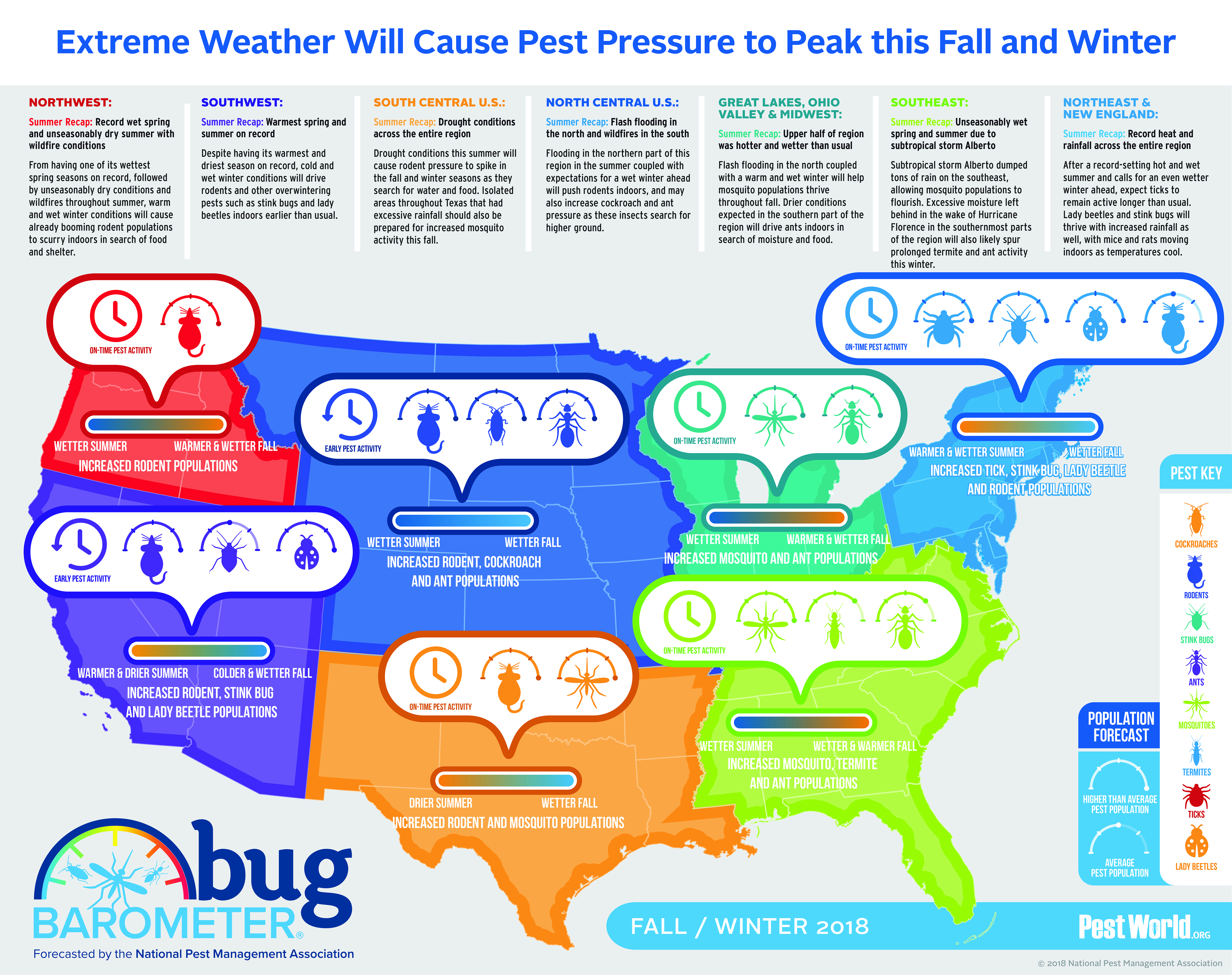Recognizing Rodent Actions: Expert Insights For Effective Insect Control
Recognizing Rodent Actions: Expert Insights For Effective Insect Control
Blog Article
Authored By-Medina Toft
Visualize being able to prepare for the moves of your challengers in a game of chess, always remaining one action ahead.
In the world of bug control, understanding rodent behavior is like having that critical benefit. By getting expert insights into the nesting behaviors, feeding patterns, and communication and social behavior of rats, you can properly battle these pesky animals.
Yet just how precisely do rodents behave, and why is it vital to understand? In https://patch.com/mississippi/jackson/classifieds/gigs-services/357405/synergy-offers-pest-control-services-in-madison-ms , we will untangle the secrets of rodent actions, giving you with beneficial expertise that will aid you stay ahead in the battle versus parasites.
Are you prepared to reveal the keys of these cunning animals?
Nesting Habits
To understand rodent behavior and properly control insects, it's important to get insight right into their nesting habits.
Rodents, such as mice and rats, have a natural reaction to locate sanctuary and create nests where they feel secure and secure. These nests function as their homes, reproducing grounds, and storage locations for food. Recognizing their nesting routines can assist you determine prospective areas of infestation and carry out targeted control procedures.
Rodents generally favor nesting in dark, remote rooms, such as attic rooms, basements, crawl spaces, and wall gaps. They make use of products like shredded paper, textile, insulation, and also chewed-up electric cables to build their nests.
Feeding Patterns
Rodents show distinctive feeding patterns that play an important function in their habits and can inform effective insect control strategies. Comprehending these patterns is essential for executing successful pest control actions.
Rats are opportunistic feeders, indicating they'll consume whatever food is readily offered. https://alexisaqgxn.azzablog.com/25924296/the-unseen-risks-of-neglecting-the-need-for-parasite-control-solutions 've a preference for high-calorie foods such as grains, nuts, and seeds. This is why proper storage space of food and waste administration are important in stopping rodent infestations.
Furthermore, rats are nighttime, which indicates they're most energetic throughout the evening when they look for food. By knowing their feeding patterns, you can purposefully put catches and lures to optimize their effectiveness.
Keeping food resources unattainable and keeping a tidy atmosphere can aid discourage rodents and minimize the danger of problem.
Communication and Social Habits
Comprehending exactly how rodents interact and interact socially is vital for reliable bug control methods. Rats, like mice and rats, have intricate interaction systems that they use to communicate details per other and coordinate their activities. Here are three vital aspects of rodent communication and social actions:
1. Articulations: Rodents generate a wide range of vocal noises, including squeaks, tweets, and chattering, to communicate with each other. These vocalizations can share numerous messages, such as risk cautions or mating calls.
2. Scent marking: Rodents use scent glands to leave chemical signals on items and in their setting. These scent marks work as territorial borders and communicate info about reproductive condition, supremacy, and social association.
3. Social hierarchy: Rats have an ordered social structure, with dominant people having accessibility to resources and favored nesting websites. Understanding this hierarchy is necessary for targeting pest control initiatives and identifying essential people for elimination.
Conclusion
So, there you have it - a brief glance right into the fascinating globe of rodent actions. By recognizing their nesting behaviors, feeding patterns, and communication, we can better tackle the issue of pest control.
Did you know that a women mouse can produce as much as 10 clutters per year, with each trash including around 5-6 puppies? This impressive figure highlights the relevance of timely and effective bug administration to avoid rodent populaces from spiraling unmanageable.
